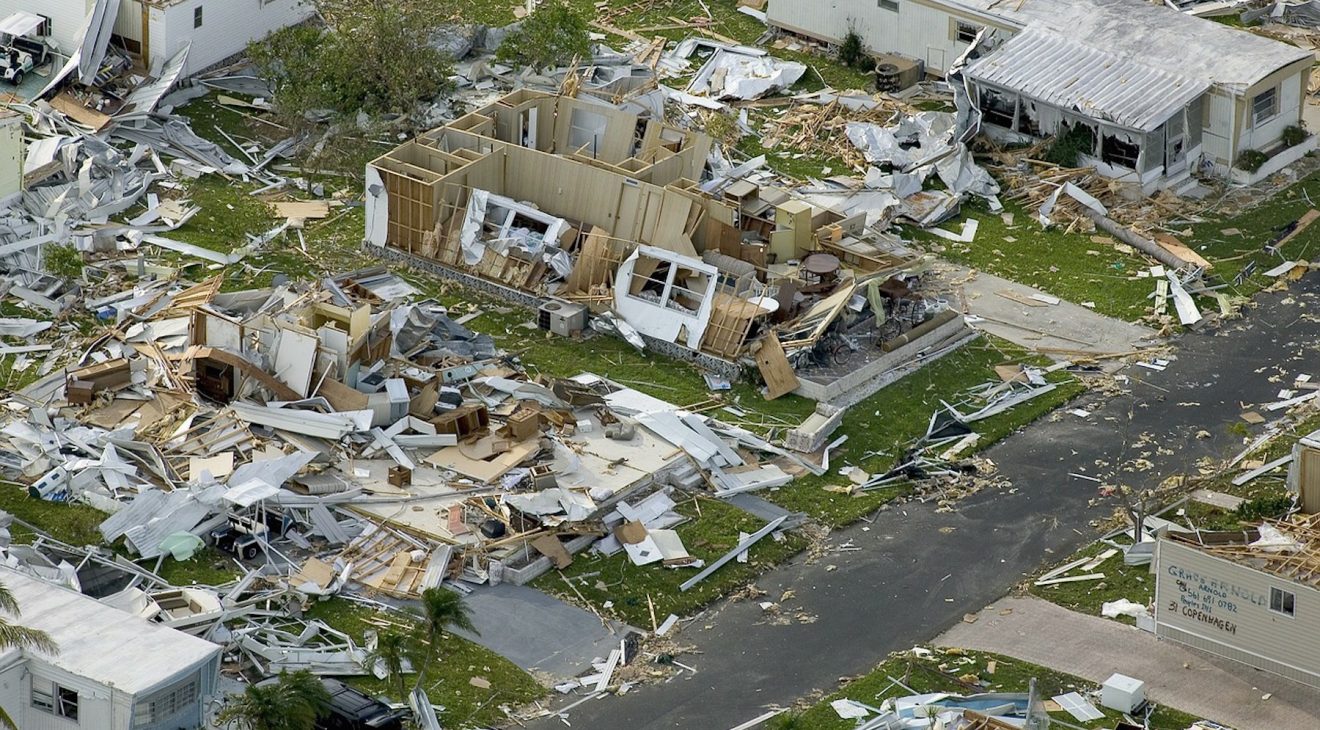
What we can learn from Irma
Following a huge tragedy in the Caribbean, we send our thoughts and prayers to those who have been affected by this disaster. We also believe it is right to learn what we can from every disaster; however big or small.
Each flooding event is a catastrophe for the individual – particularly where something personally valuable has been completely lost. From our experience, we can confidently say that, in a wide range of UK situations, few items are rarely in a state where there is nothing one can do about them. It is more often a case of whether restoration is economic. Thankfully, with advances in restorative techniques, such as ultrasonic cleaning and targeted drying, the cost of restoration is falling.
But what of the individuals across the Caribbean and Florida who have lost everything in Hurricane Irma? Are there any lessons that we can pull from these tragic experiences?
Firstly, the main learning point is that these disasters are about human beings with fears for their futures and emotions in flux. In the case of these island nations and dependencies, many people have died. More important than dealing with possessions and property is being compassionate and caring to those who have suffered loss. Consoling, reassuring and supporting them is far more important than bricks, mortar, timber and glass.
Thankfully, we do not experience storms of this ferocity in the UK – although, some events focus the power of the weather into a small area and create comparable destruction. One famous example of this in Britain was at Boscastle. Intense rain caused a river to turn into a tumult and wash cars and buildings out to sea. Return to the Cornish village today and you will find everything still there and people getting on with their lives.
Looking at places such as Barbuda and the British Virgin Islands in the immediate aftermath; we see infrastructure is completely flattened and lives have been lost. In this instance, a Royal Fleet Auxiliary ship is in position to help out and the government is mobilising more aid, following people on the ground reporting what is needed. What we also notice is how buildings had not been constructed in readiness for such an event.
You may ask: “can anyone prepare infrastructure for severe events?”
Mexico City has earthquake-proof high-rise buildings like those in Singapore and Tokyo. In Florida, people were evacuated to ‘hurricane-proof’ buildings. So, yes, it is possible. However, it needs investment and design. So, another key lesson we can learn is; make your built-environment resilient.
How do we now transfer this message to what we see in the UK?
When we build homes, we need to consider how they will stand-up to flooding. Can they easily be dried out? The danger in building large amounts of cheap homes in poorly-chosen areas and with materials that do not cope with flooding or escapes of water is that we build a costly problem for the future.
We know that we are likely to see more extreme events in Britain due to climate change. Thus, we must make sure that our infrastructure is ready for it and allow damage restoration experts a fighting chance of putting people’s lives back together faster and at a lower cost.
A third lesson we learn consistently in every place we work is about resilience again; this time the resilience of people. And so, we mourn with the people of the Caribbean but in the eventual hope that their courage will return and enable them to bring life back to their islands. What could be a more powerful memorial to those who were lost than the revival of the islands and recreating a strong, spirited and vibrant community?